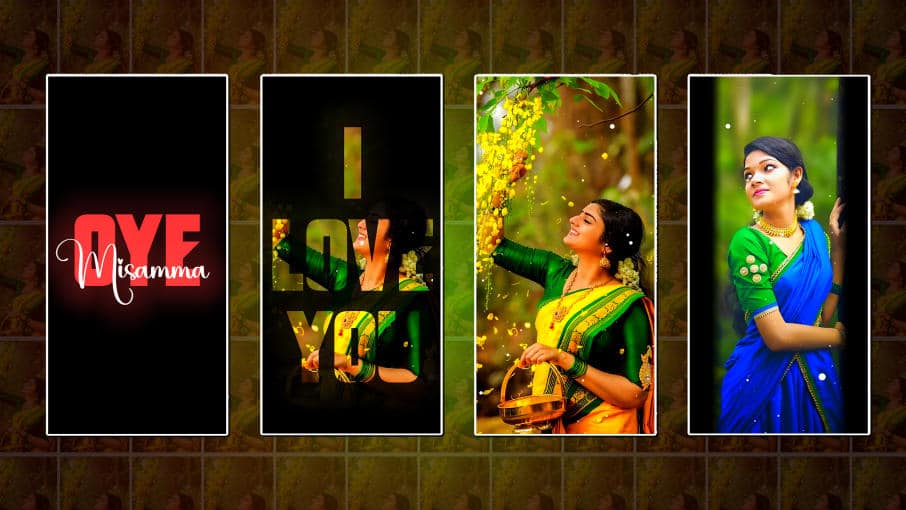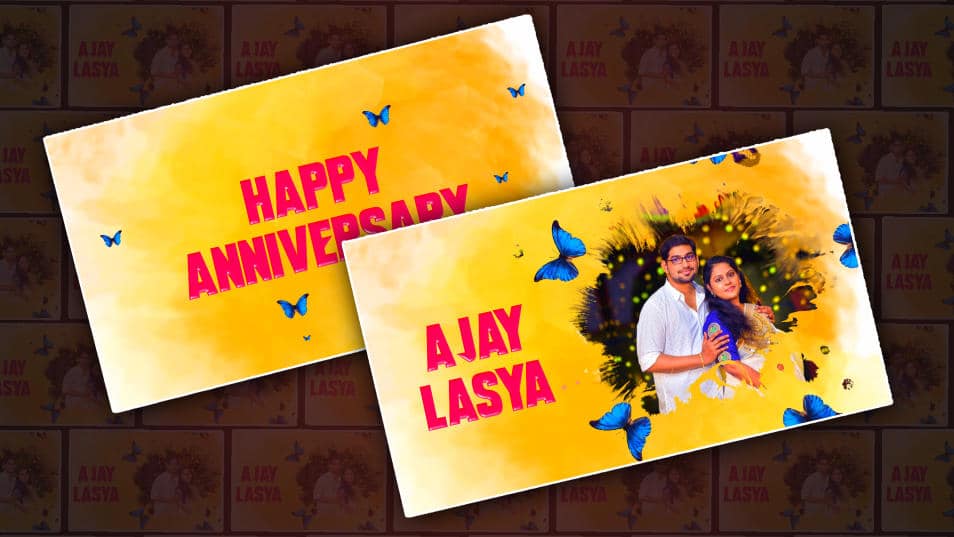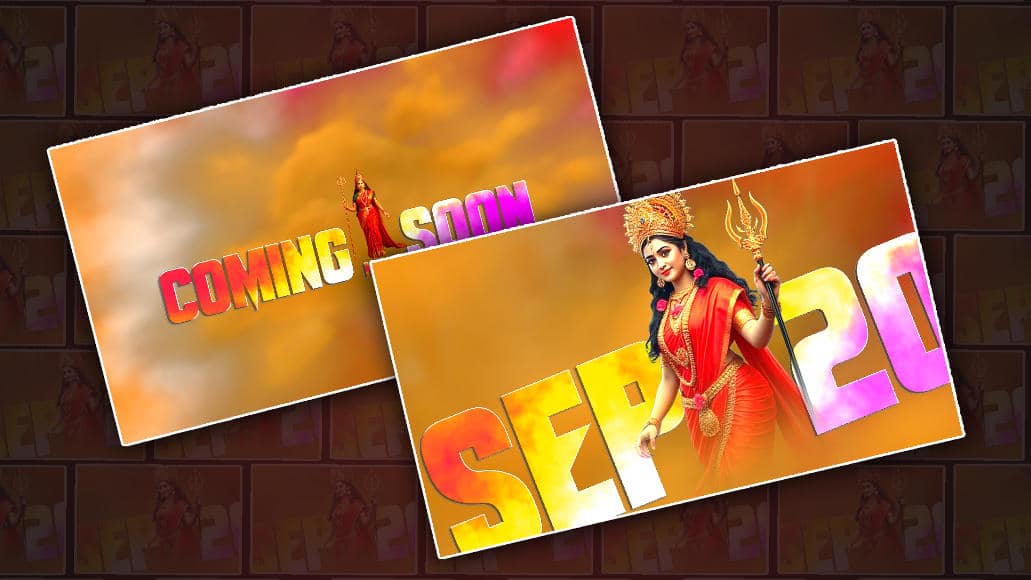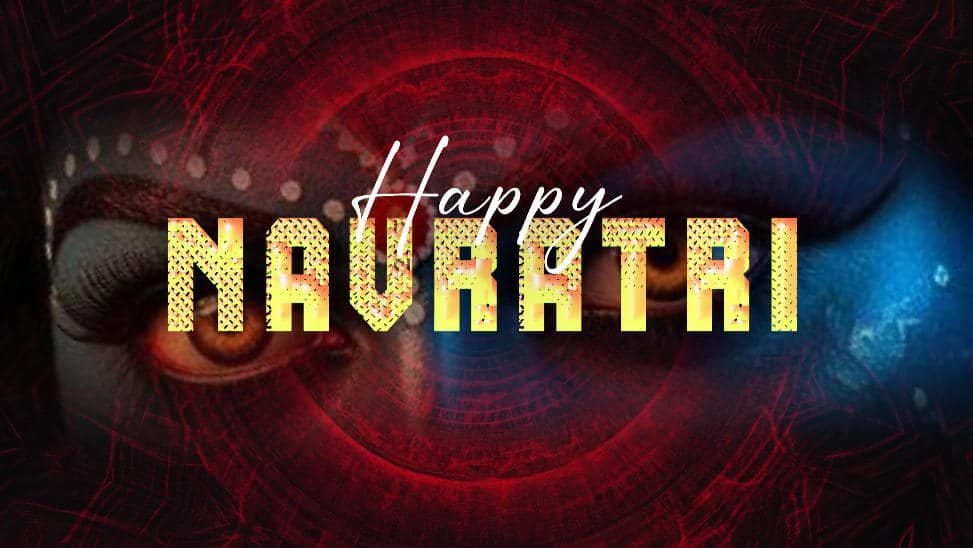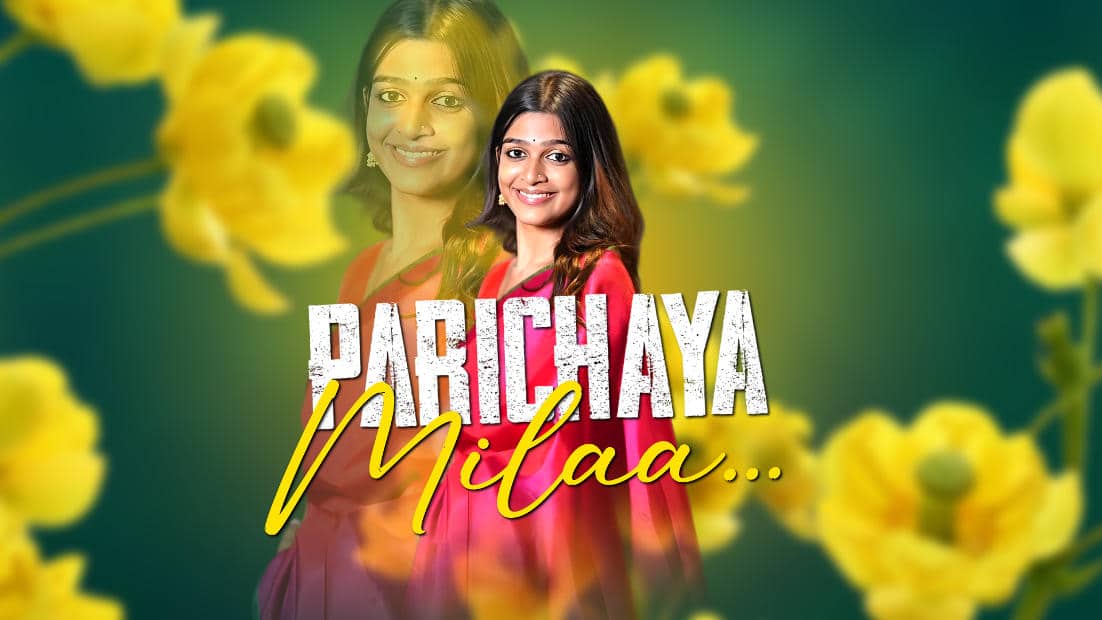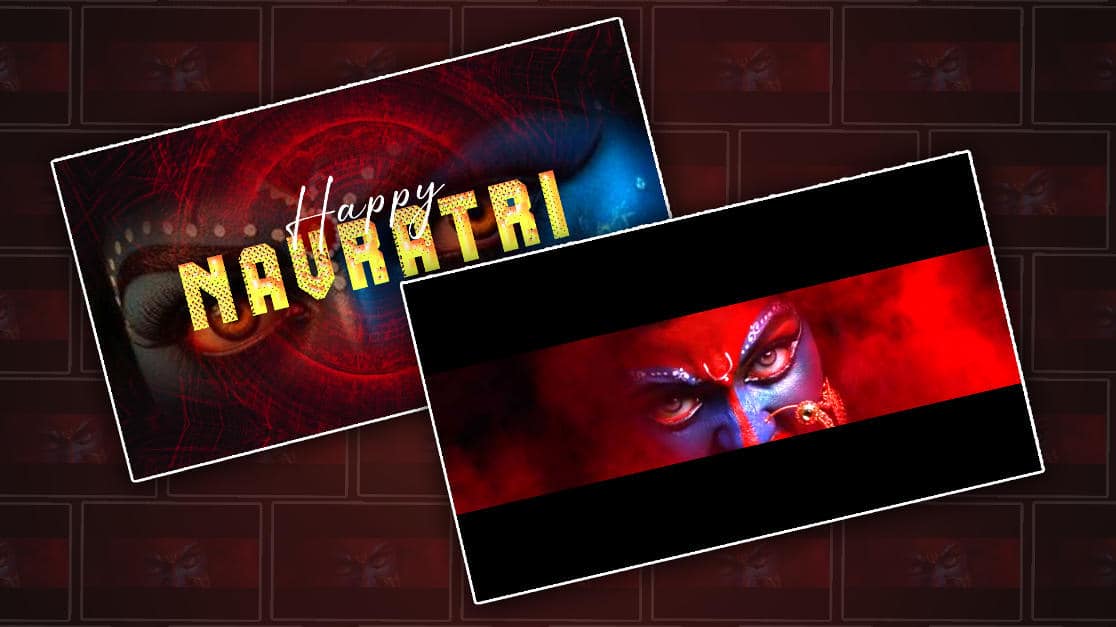Table of Contents
-
Introduction
-
The AI Boom in Creative Fields
-
Top AI Art Tools in 2025
-
How Video Creators Are Leveraging AI
-
Case Studies: Successful Creators Using AI
-
The Ethics and Challenges of AI-Created Content
-
Tips for Creators Getting Started with AI Tools
-
The Future of AI and Human Creativity
-
Conclusion
1. Introduction
In 2025, the creative landscape will undergo a revolutionary transformation. Artists, designers, YouTubers, and digital creators are increasingly blending traditional skills with artificial intelligence (AI) tools to produce work that is faster, smarter, and in some cases, more impactful than ever before.
Whether it’s generating stunning visual art in seconds or automating video editing with near-human precision, AI has become more than just a tool—it’s a creative partner. This article explores how creators are utilising AI art and video tools in 2025, examines the platforms leading the way, and considers the implications for the future of creativity.
2. The AI Boom in Creative Fields
AI isn’t new, but the accessibility and power of tools available in 2025 have democratized content creation in profound ways.
Why 2025 is a Tipping Point
-
More accessible interfaces – Tools now use natural language prompts, allowing even non-technical users to create complex art or video.
-
Integration into creator platforms – AI tools are now natively built into software like Adobe Creative Suite, Canva, and DaVinci Resolve.
-
Creator-first AI – Tools are purpose-built for YouTubers, streamers, musicians, illustrators, etc.
Who’s Using AI?
-
Solo YouTubers looking to speed up production
-
Digital artists using AI for ideation or background work
-
Small agencies creating content at scale
-
Educators and trainers are turning scripts into animated explainers
3. Top AI Art Tools in 2025
AI-generated art has moved beyond novelty into serious application. Here are the tools creators are relying on today.
1. Midjourney v7
Now accessible through a dedicated web app, Midjourney remains the go-to for stylised, cinematic art. It’s frequently used for:
-
Book covers
-
Album art
-
Branding moodboards
2. DALL·E 4o by OpenAI
Integrated directly into ChatGPT, DALL·E 4o allows for inpainting, style tweaking, and image editing using text commands. It’s especially popular for:
-
Thumbnail creation
-
Social media assets
-
Storyboarding
3. Adobe Firefly 2.5
Used by professionals inside Photoshop and Illustrator, Firefly supports:
-
Generative fill
-
Text-to-vector graphics
-
AI-powered logo suggestions
4. Runway Gen-3
A rising star in video AI, but also supports animated art and character generation for short films, ads, or AR content.
4. How Video Creators Are Leveraging AI
In 2025, AI will become a full-time editing assistant for video creators. It reduces hours of work and allows for more creative output with less overhead.
AI in Editing
-
Descript and Runway allow for video editing by editing a transcript.
-
Pictory and Lumen5 turn blog posts or scripts into animated videos.
-
Magisto AI provides fast reels and promo videos with smart music, transitions, and captions.
AI Voiceovers & Dubbing
-
ElevenLabs and Play.ht let creators generate high-quality voiceovers or translate their content into 20+ languages.
-
HeyGen AI Avatars are widely used for talking-head explainer videos and brand ambassadors.
AI in Post-Production
-
Automatic colour grading
-
Background music generation (Soundraw, AIVA)
-
Facial expression sync
-
Removing background noise or clutter
5. Case Studies: Successful Creators Using AI
1. Lily Tanaka – Art NFT Creator
Lily uses Midjourney and Photoshop’s Firefly to create hybrid AI-human NFT artwork. Her collections are known for their emotional tone and unique textures, enhanced with post-editing.
2. Max Content – Solo YouTuber
Max runs a fast-growing YouTube channel in the finance niche. He uses:
-
ChatGPT-4o for scriptwriting
-
ElevenLabs for narration
-
Runway for stock footage montage
He’s scaled from 2 to 10 videos/week with a small budget and no editor.
3. The Green Studio – Sustainability Agency
They use AI video tools to repurpose podcast episodes into social media clips, reels, and blog visuals, cutting production time by 80%.
6. The Ethics and Challenges of AI-Created Content
As exciting as AI tools are, they raise important questions:
Originality and Ownership
-
Who owns an AI-generated image?
-
Can AI art be copyrighted?
Bias in Training Data
Some tools may replicate biases or stereotypes present in their datasets. Creators need to review AI output carefully.
Job Displacement
While AI empowers solo creators, it can replace entry-level creative roles. The creative industry is grappling with how to evolve roles rather than eliminate them.
Platform Policies
Major platforms like YouTube and Instagram now require creators to label AI-generated content in some contexts.
7. Tips for Creators Getting Started with AI Tools
1. Don’t Rely Solely on AI
Use it to augment your idea, not replace it. Start with a clear vision.
2. Learn Prompt Engineering
Just like photography needs good framing, AI art requires strong prompts. Practice using:
-
Reference images
-
Descriptive styles (“in the style of 1980s cyberpunk”)
-
Aspect ratios and lighting cues
3. Focus on Speed, Not Perfection
AI lets you ideate fast. Use it for:
-
Moodboards
-
Drafts
-
Content testing before investing in full production
4. Use AI Tools Legally
Make sure you understand the licensing terms, especially if you’re using AI assets commercially.
5. Stay Human
Add your personality. AI can’t replicate your lived experiencehumouror, or insight.
8. The Future of AI and Human Creativity
The best creators in 2025 are not the ones replacing themselves with AI, but those who collaborate with it. They are:
-
Testing new formats
-
Experimenting with interactivity
-
Blending real footage with AI overlays
-
Using AI to translate their message across languages and formats
What’s Next?
-
Real-time AI Co-Creation – Tools that collaborate live with you as you design or edit.
-
Emotionally Aware AI – Software that understands tone and nuance, making suggestions based on emotional intent.
-
Virtual Worlds & AI-Generated Films – Entire VR and AR experiences designed using generative tools.
9. Conclusion
AI has irreversibly changed the creative process in 2025. From solo artists to production teams, creators now have access to a toolkit once reserved for Hollywood studios and professional agencies.
But the heart of content creation remains the same: storytelling, connection, and expression. AI is a bridge, not a replacement. The most powerful creations come when humans bring the emotion and machines bring the execution.
If you’re a creator, now is the time to explore what AI can unlock for your vision.
